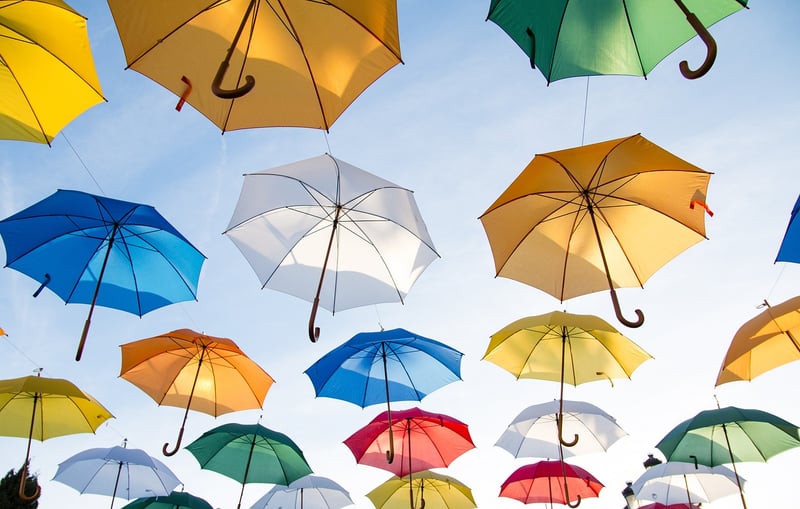Public Art Installations
The Intersection of Collaborative Sustainability and Public Art Installations
Public art installations have the power to transform urban spaces, engage communities, and spark conversations. When combined with a focus on sustainability and a collaborative approach, these installations can become even more impactful, leaving a lasting impression on both the environment and society.
What is Collaborative Sustainability?
Collaborative sustainability refers to the idea of working together towards sustainable practices and solutions. It involves engaging various stakeholders, including local communities, artists, environmentalists, and policymakers, to create projects that benefit both the environment and the people.
The Role of Public Art Installations
Public art installations serve as a platform for artists to convey messages, provoke thoughts, and inspire change. By integrating sustainable elements into these installations, such as using recycled materials, promoting renewable energy, or addressing environmental issues, artists can raise awareness about sustainability in a creative and engaging way.
Benefits of Collaborative Sustainability + Public Art
- Community Engagement: Collaborative projects involving public art installations encourage community participation and dialogue on sustainability issues.
- Education: Art has the power to educate and inform. By incorporating sustainability themes, these installations can help raise awareness and inspire action.
- Beautification of Spaces: Sustainable public art installations can enhance the aesthetic appeal of urban areas, making them more vibrant and inviting.
- Impact on Behavior: Art has the ability to influence behavior. Sustainable art installations can promote eco-friendly practices and encourage positive environmental actions.
Examples of Collaborative Sustainability + Public Art Installations
One inspiring example is the "Luzinterruptus" project, where artists create temporary light installations using recycled materials to draw attention to environmental issues. Another example is the "Washed Ashore" exhibit, featuring giant marine animal sculptures made from plastic waste collected from beaches, highlighting the impact of pollution on marine life.
Get Involved!
If you're passionate about sustainability and art, consider getting involved in local public art projects or initiating collaborative efforts in your community. By joining forces with like-minded individuals, you can contribute to creating a more sustainable and visually appealing environment for everyone to enjoy.
Remember, the fusion of collaborative sustainability and public art installations has the potential to not only beautify our surroundings but also inspire positive change for a greener, more sustainable future.

Explore the intersection of art and sustainability in your community and be part of the positive change!
